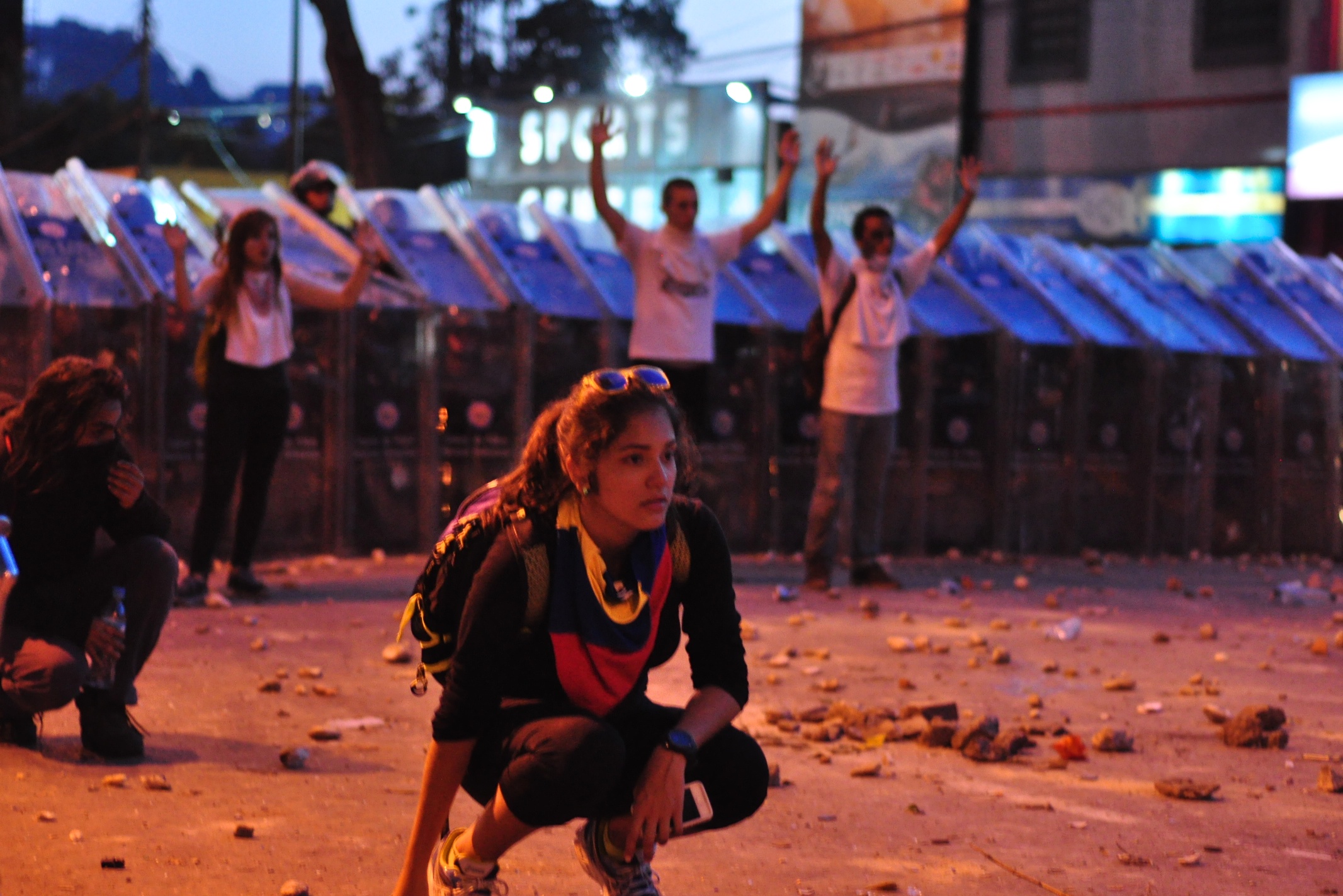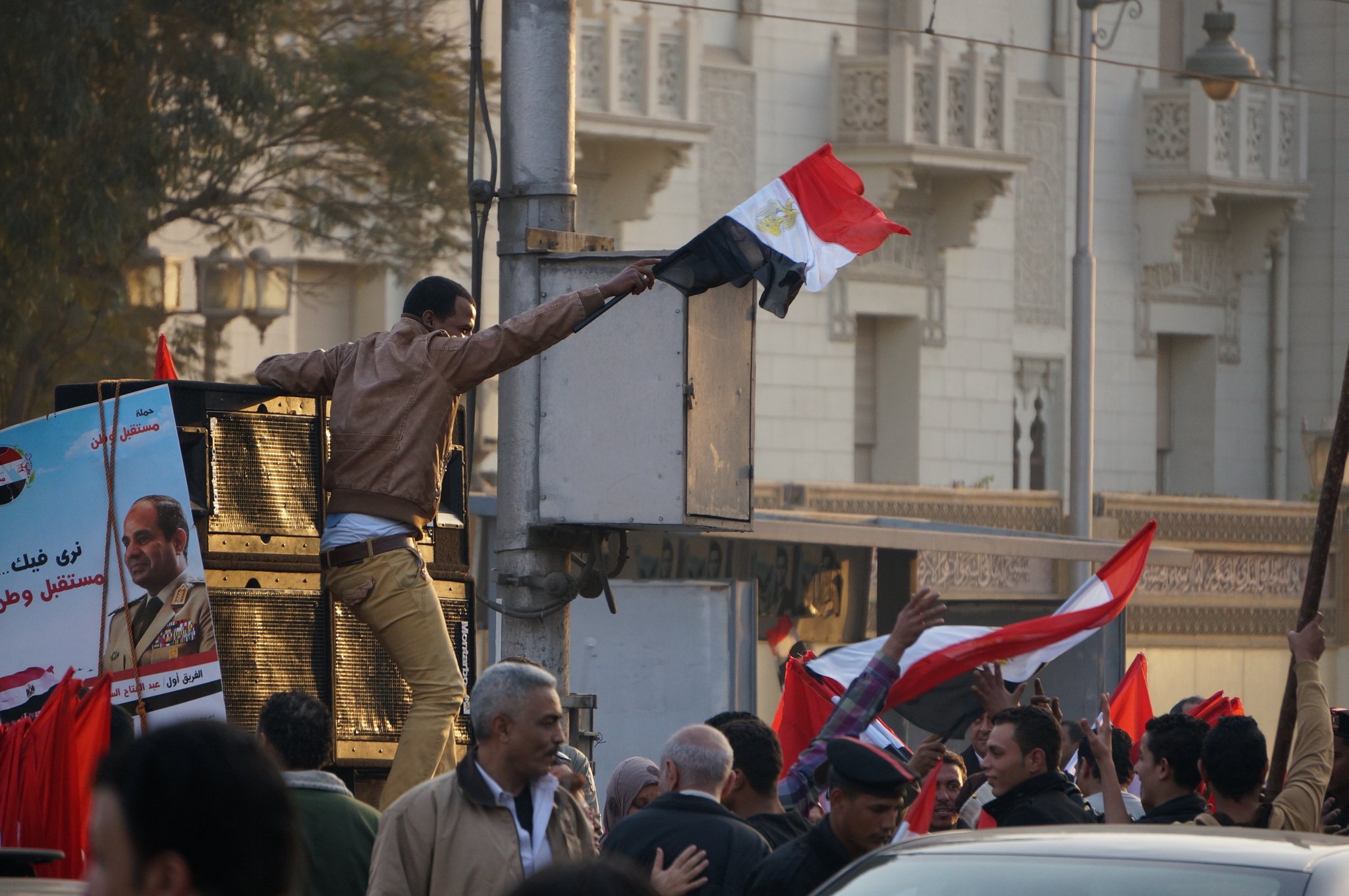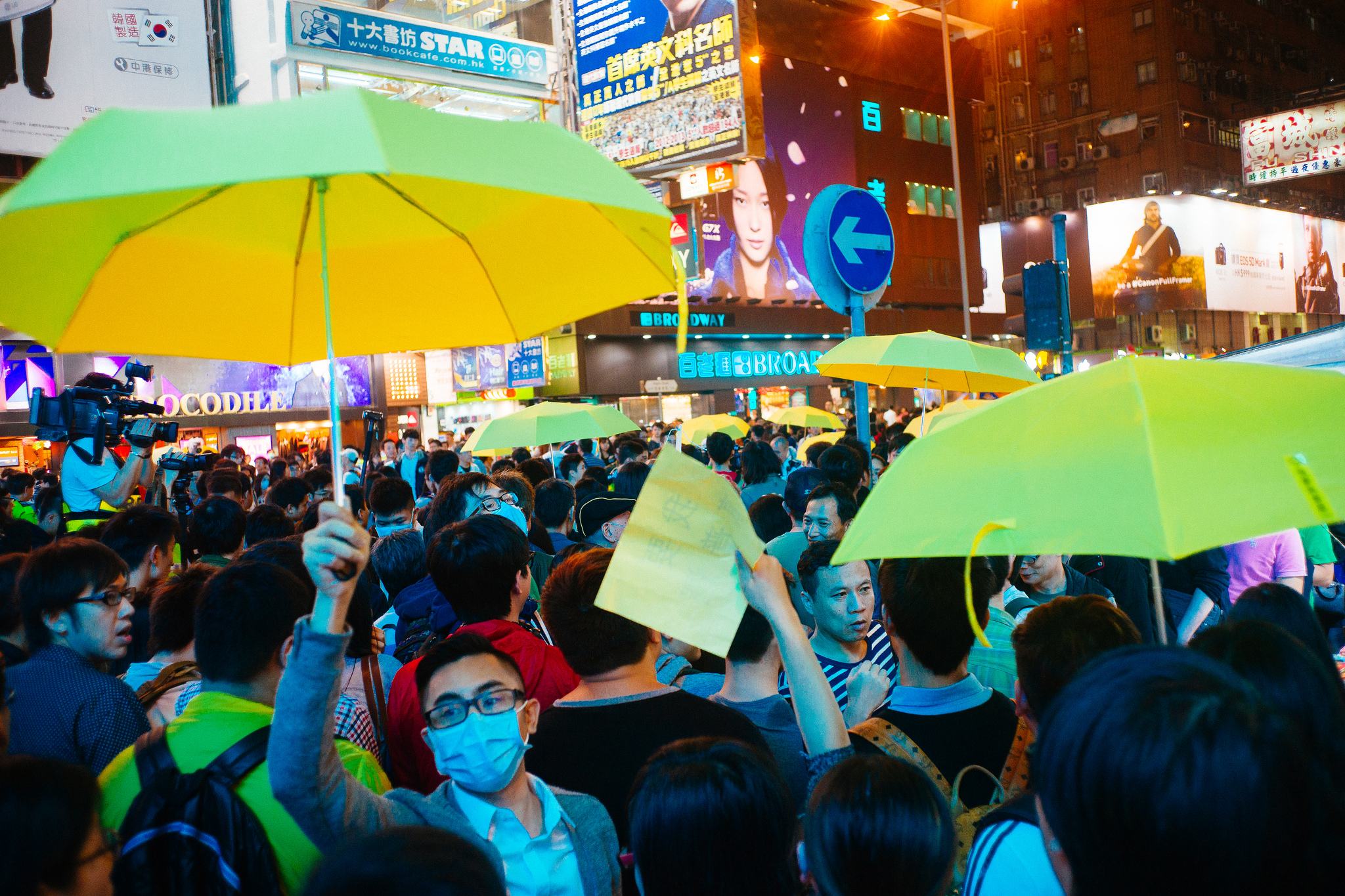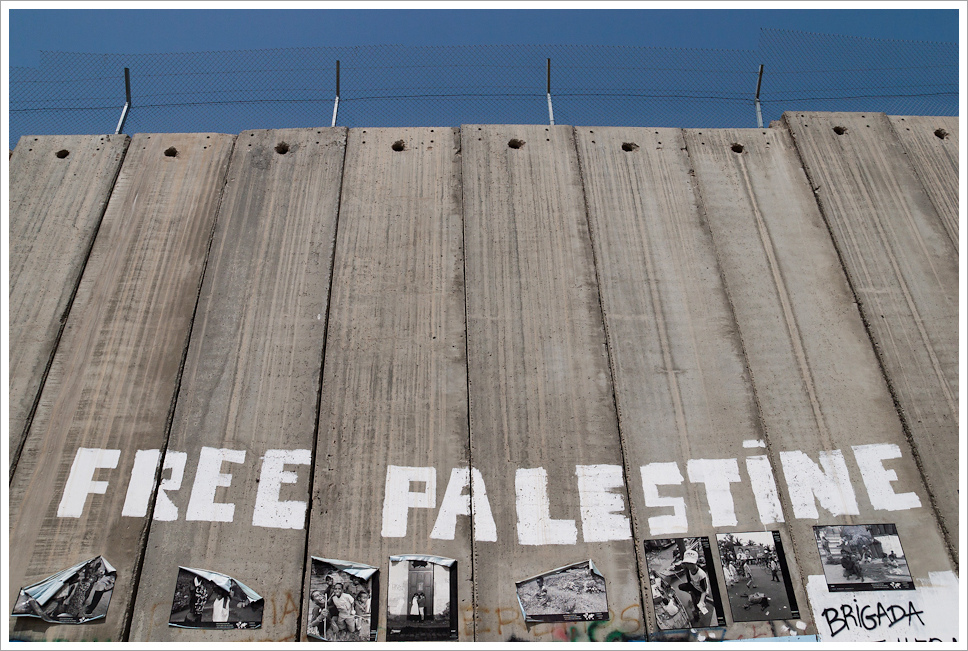
Last week, Steven Pinker and Andy Mack wrote an article reassuring Slate readers that the world is not falling apart. Despite startling increases in violence in 2014, Pinker and Mack write that we live in one of the most peaceful times in human history.
I spend a lot of my time crunching numbers about violence and its alternatives, and I tend to agree with Pinker and Mack’s assessment. Don’t get me wrong – 2014 was not a banner year for those seeking peace, but the world has been in much, much worse shape.
So why does everyone think we’re on the verge of stepping over the precipice and witnessing the violent collapse of human civilization? Pinker and Mack are right to point out the tendency for the media to report bad news rather than just news. There is a well-recorded violence bias in media reporting, meaning when you turn on your TV or browse the internet to look at the news, you’re likely to get a highly biased sample of material that focuses only on spectacular and negative stories. To add to the misperception, human beings also have a wide variety of cognitive limitations that help us to sort information but interfere with our ability to accurately assess the relative share of violent events we see in the world compared with other less jolting happenings. Very simply, it’s easy for us to recall the bad stuff and hard for us to recall everything else.
Despite all of the bad news you might remember from 2014, I’d like to highlight a few other key stories that you might have missed because of our very human tendency to focus on things that literally blow up.
Now, I am the first to say that there is nothing innately “good” about nonviolent movements, but the historical record clearly suggests that people who wage nonviolent struggle (rather than armed struggle) tend to win more often without killing nearly as many people or creating the infrastructural damage that leaves societies in perpetual states of social, economic, and political disarray.
So call the following developments good, bad, or a indifferent—they are simply five fairly surprising stories I paid attention to precisely because the events they covered were not violent:
- The Fall of a Dictator in Burkina Faso. Yes, the 27-year-rule of yet another dictator came to an end in Burkina Faso after months of collective protests demanding his resignation. After significant elements of the political opposition defected and security forces began to disobey orders, President Blaise Compaore had no choice but to step down. Although the army’s seizure of power leaves the future of Burkina Faso uncertain, the mostly nonviolent nature of the Lwili Revolution gives us reason to be hopeful about the country’s longer-term prospects.
- The Fall of a Government over Corruption Issues in Bulgaria. The “Dance with Me” campaign emerged in 2013 to protest government corruption and economic hardship. Civil society went into all-out revolt against the ruling leadership after the government appointed Delyan Peevski, a businessman with a spotty corruption record, to head up Bulgaria’s internal security service. As deepening economic crisis generated shared grievances against the entire government, the movement gathered steam. In July 2014, the entire government resigned.
- Nonviolent Resistance during the Ukrainian Civil War—in both Ukraine & Russia. You’ve heard all about the Ukrainian army’s operations against separatist rebels in the east. You’ve probably heard less about the growing nonviolent resistance to those separatists, including an episode in May wherein thousands of unarmed demonstrators drove these rebels out of Mariupol. Anti-war sentiment has transformed into rallies against the Kiev government’s all-out war in the east. The anti-war activists in Ukraine are not alone. They have allies within Russia itself, as seen during a thousands-strong march against the war in September.
- Nonviolent Resistance to the Taliban in Pakistan. In December, the Pakistani Taliban attacked a school in Peshawar, killing hundreds of children and injuring hundreds more. In response, communities throughout Pakistan have staged protests and demonstrations against armed groups throughout the country. In one episode, community members in Islamabad have surrounded and threatened to “reclaim” a Taliban-aligned mosque to begin to break down the power structures of the group.
- Nonviolent Resistance in Palestine and Israel. Many Palestinians living in the West Bank and Gaza Strip tire of the constant question: “Where is the Palestinian Gandhi?” In reality, there is a great deal of nonviolent resistance in the Palestinian Territories, as well as a great number of grassroots activists with a sophisticated understanding of its strategic advantages. As the Gaza War raged over the summer of 2014, media attention was understandably distracted away from the many thousands of Palestinians engaged in nonviolent struggle for self-determination—and the Israeli soldiers who refused to participate in the war.
Of course, you probably did hear about mass protests for electoral and political rights in Hong Kong, for an end to violence and corruption in Mexico, and for an end of racial discrimination in the United States. Given the state of Ukraine today, it is east to forget that it was a primarily nonviolent uprising that drove Yanukovich from power in February. Despite the dubious nature of its anti-democratic demands, a nonviolent challenge to Yingluck Shinawatra’s government in Thailand resulted in the bloodless coup in May, reminding us that nonviolent means and nonviolent ends are not always in alignment.
These were all fairly high-profile episodes with a high degree of salience for news consumers in the U.S. But a number of lesser-known, ongoing nonviolent conflicts are also worth watching in 2015. Ongoing protests in Bosnia-Herzegovina have challenged corrupt political practices, economic hardship, and discrimination since early 2014. These demonstrations appeared to reach their peak last spring, but pockets of protest persist. In Venezuela, protests that began in late 2013 are still underway nationwide, demanding an end to violence, political harassment, corruption, and discrimination. This year also saw the resurgence of several nonviolent self-determination campaigns in Catalonia, West Papua, Southern Yemen, and Western Sahara. And finally, waves of protest endure in Sudan, Bahrain, Mauritania, and Uganda. Dictatorships in all four countries have faced continuous nonviolent resistance since 2011 that persist despite numerous setbacks both at home and abroad.
It’s anyone’s guess how these ongoing conflicts will end, and where new nonviolent uprisings will emerge. Here’s hoping that 2015 ushers in less violence—and more attention to the nonviolence that is happening all around us.








19 comments
Reblogged this on Refugee Archives @ UEL.
What about the protests against the undemocratic internet tax in Hungary?
Thanks for this! I wonder, though, if you’re conflating “nonviolence” and “not violent.” One can be “not violent” and yet may not be “nonviolent.” Your discussion regarding nonviolent resistance to the Taliban in Pakistan is a good example of the distinction. The demonstrations and protests were not violent; however, the fact that “community members in Islamabad have surrounded and threatened to ‘reclaim’ a Taliban-aligned mosque to begin to break down the power structures of the group” suggests that they are not necessarily committed to nonviolence.
You’re right that “not violent” does not necessarily mean the same thing as “nonviolence.” I used the latter to switch up the word choice a bit in this piece, but your point is well taken. There are, however, many forms of nonviolent interventions (sit-ins, occupations, repossessions, blockades, etc.) that would indeed fall under the category of nonviolence / civil resistance. I believe the information I have about the case I mentioned in Pakistan is insufficient to tell the difference.
Reblogged this on Patrick F. Clarkin, Ph.D. and commented:
Reasons to be hopeful.
Thank you very much. This article is giving hope to me. I really was caught in the media-driven bias.
As a genuine question from a layman. I haven’t read Pinker’s book yet, but a lot of the data they use in the Slate article seems quite restricted, time wise. Does the decline in global violence still hold when you go back further than WW2 ? And when you use data on domestic crime going back longer than the decade or two they appear to use, is there as consistent and obvious a decline in crime rates ? Or is it more volatile ?
The data used by Pinker go back to early human history. He shows a steady decline in violence in nearly every form over the last few millennia–including international and civil war, torture, public executions, corporal and capital punishment, and even cruelty to animals (although as you might imagine, data sources from thousands of years ago are fairly controversial, and some anthropologists disagree). Violent crime rates (especially homicides) have been dropping consistently since the Dark Ages, as evidenced by Pinker’s data as well as datasets on homicides in Europe compiled by criminologists.
Thanks for the response !
This was a great idea to blog about. Notice, however, the predominant portion of the non-violent protests were in countries outside of the United States (or at least the ones blogged about, as I am sure there are plenty of non-violent US protests that get far less press). They were also brought about by reasons that most wouldn’t argue. I love a just cause, and appropriate action. Great post!
Where is Taiwan?? The people occupied the parliament for 20 days!